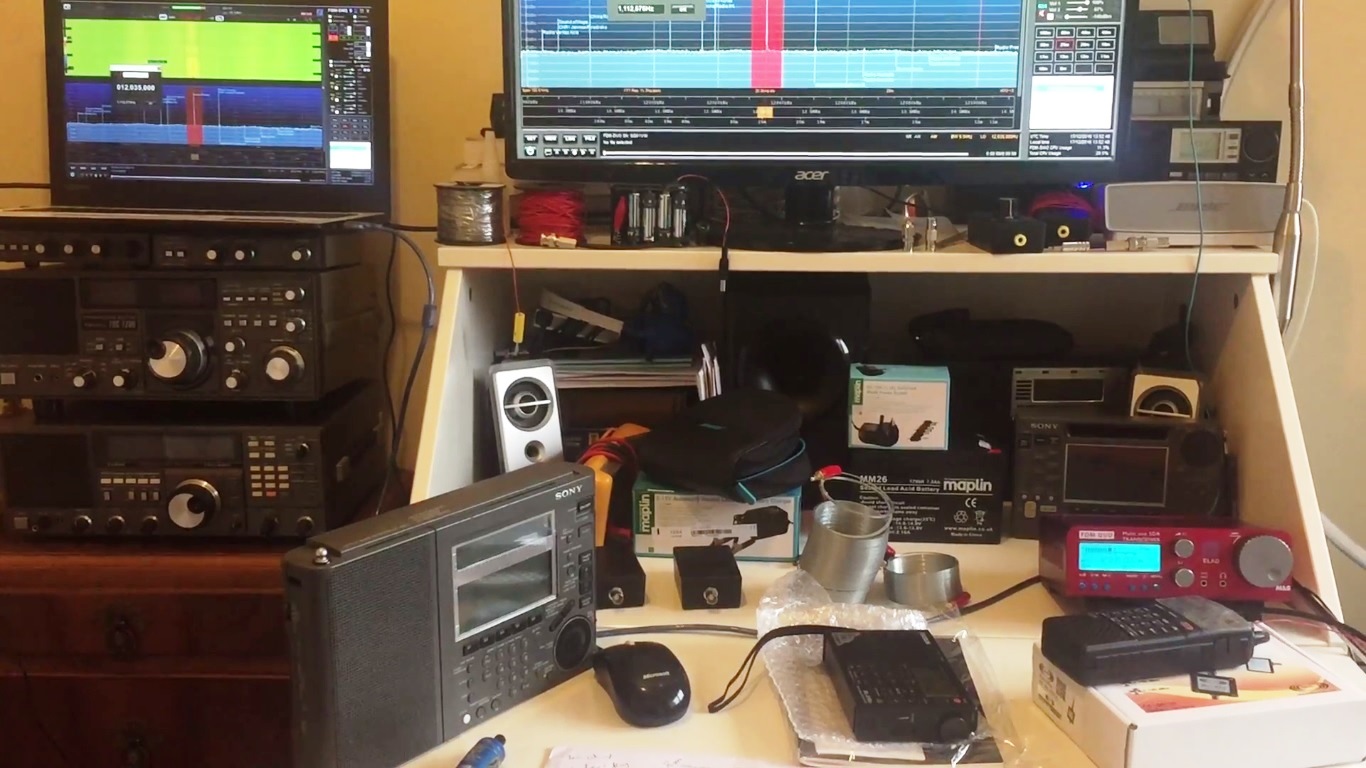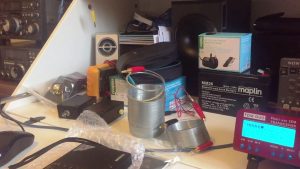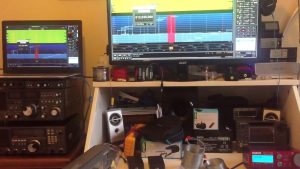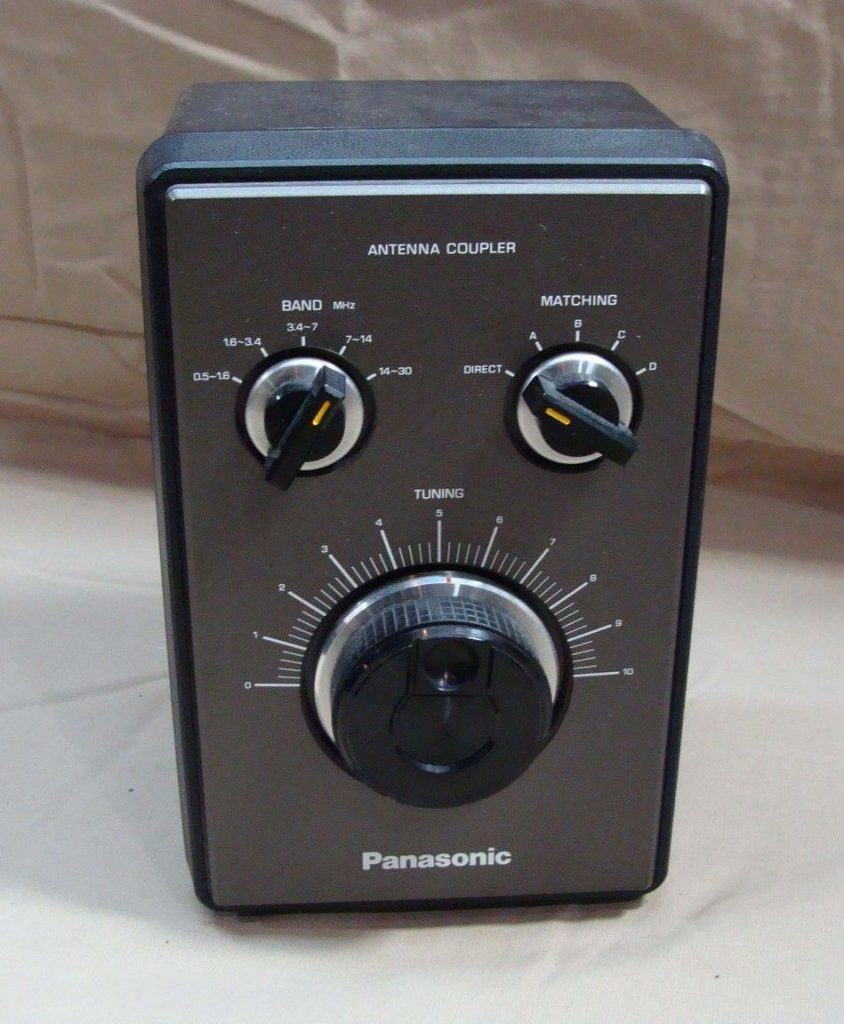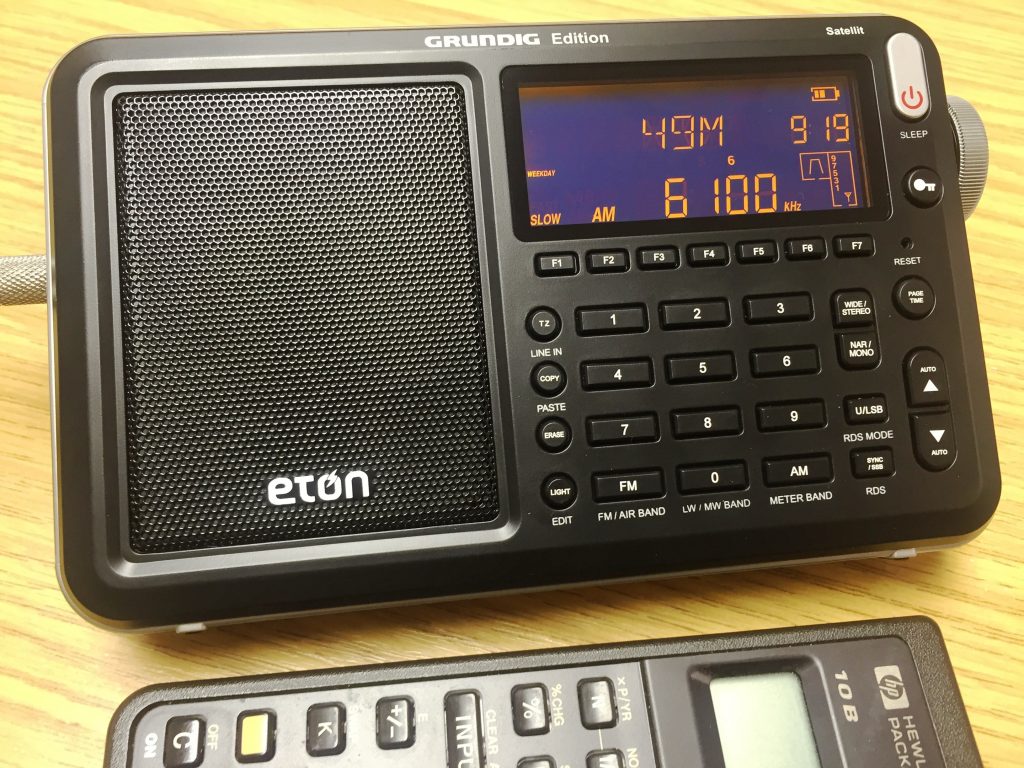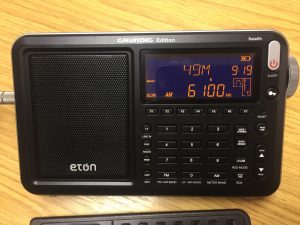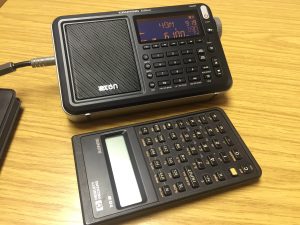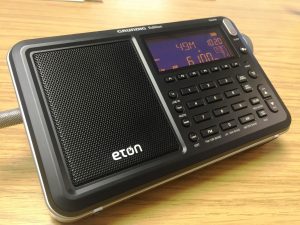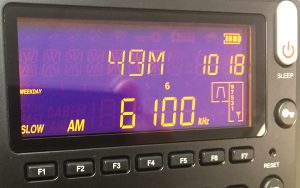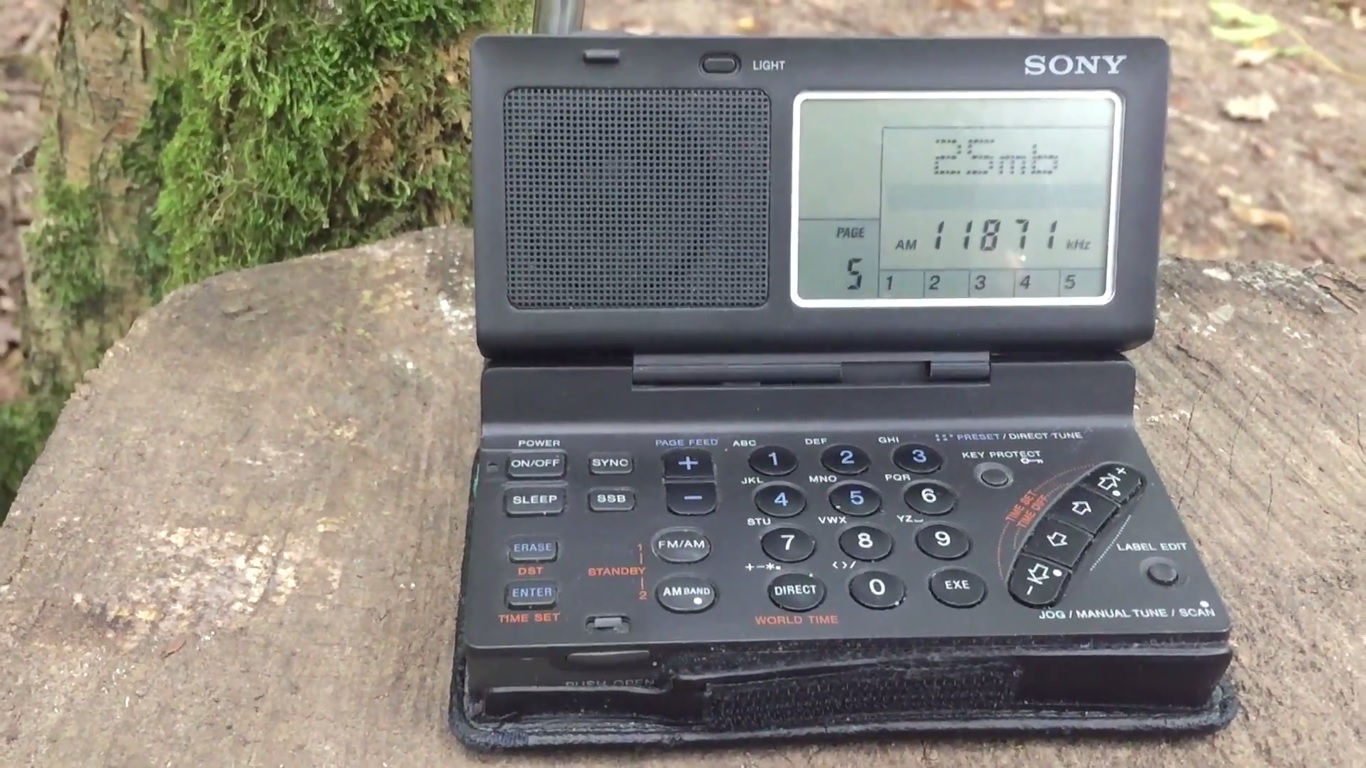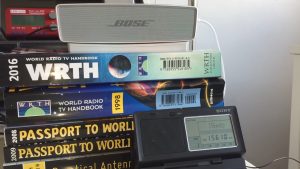Introduction
I’m very fortunate to live across town from my good radio hobby pal Gary DeBock. He has been responsible for the rapid growth in Ultralight radio DXing and the construction of Ferrite Sleeve Loop (FSL) antennas. Living near each other as we do, I’ve benefited a lot from his expertise and creativity in the hobby. We’ve enjoyed visiting about Ultralight radios and antennas many times over a leisurely lunch. If you’re unfamiliar with Gary’s efforts, just do a YouTube search on his name and see just a few of the many FSL antenna variations he’s built!
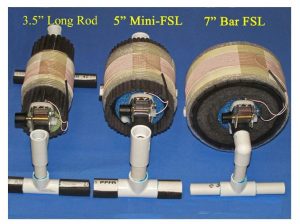 Gary uses PVC tubing, “Fun Noodle” foam cylinders, sections of curved foam, and rubber plumbing adapters almost exclusively as the core supporting structures for his FSLs, from small 3-inch models to 17-inch monsters. Gary certainly has perfected his own techniques with these raw materials; he’s an expert in combining them. He even makes PVC table structures to support his FSLs during Oregon coastal DXpeditions, as seen in some of his YouTube videos.
Gary uses PVC tubing, “Fun Noodle” foam cylinders, sections of curved foam, and rubber plumbing adapters almost exclusively as the core supporting structures for his FSLs, from small 3-inch models to 17-inch monsters. Gary certainly has perfected his own techniques with these raw materials; he’s an expert in combining them. He even makes PVC table structures to support his FSLs during Oregon coastal DXpeditions, as seen in some of his YouTube videos.
These materials work well, but over time even FSLs as small as 7 to 8 inches in diameter begin to sag and lose their perfectly circular shape. This seems to be caused by the shifting of individual segments of foam which are wrapped around a “Fun Noodle” core and center PVC tubing.
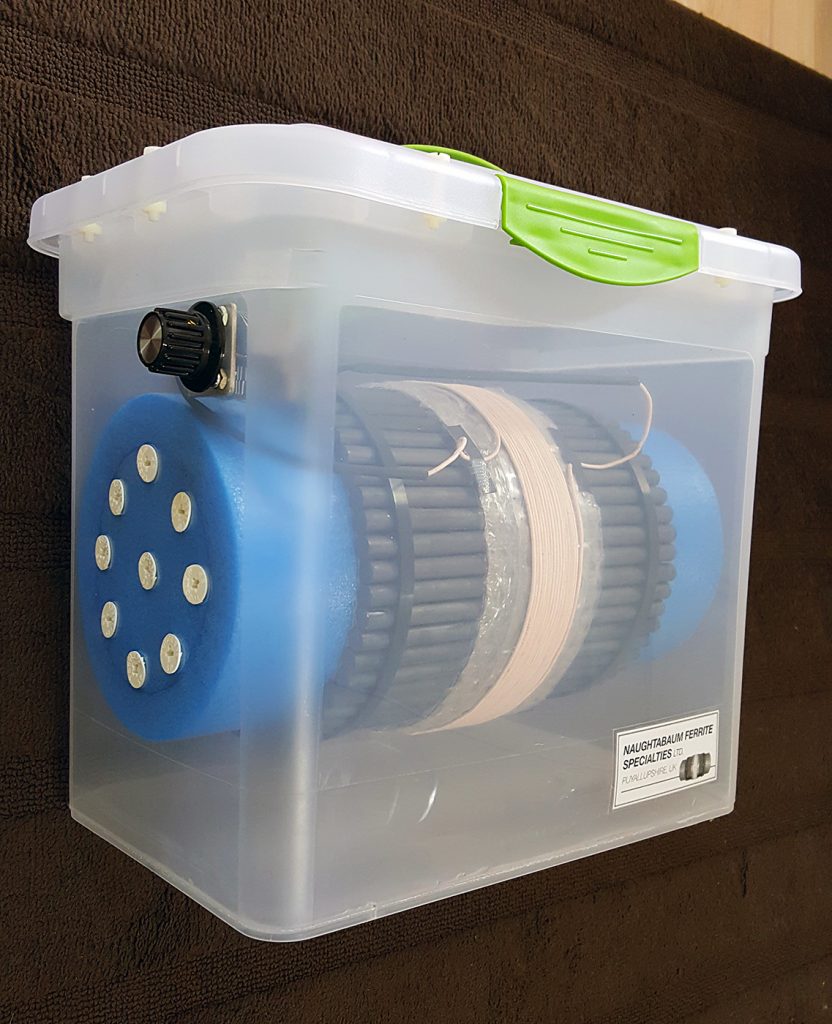 What possibilities are there for other materials in FSL antenna construction? It would be a fun challenge to build a small to medium sized FSL antenna that would have these qualities:
What possibilities are there for other materials in FSL antenna construction? It would be a fun challenge to build a small to medium sized FSL antenna that would have these qualities:
- Maintain a circular cross-section without sagging
- An appearance less like a threatening explosive and more like a commercial product
- Use alternate construction methods for those not skilled with cutting & gluing PVC tubing
I began to keep my eyes open for likely candidates as I visited hardware stores, department stores, and office supply outlets. Eventually some ideas began to gel.
Raw Materials
Here is a visual and descriptive list of what I used in this alternate design of Ferrite Sleeve Loop antenna. I won’t go into great detail about dimensions, quantities, and measurements, as other DIYers should be able to easily follow the general idea presented here. This article is mainly to get you thinking about other ways to construct a ferrite sleeve loop antenna.
The Core of the Matter
T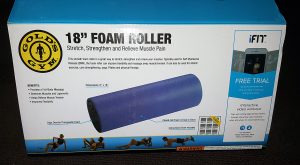 his 18-inch long, semi-rigid foam roller is six inches in diameter. It’s a workout and exercise aid which I found in the sports department of my local Walmart store. The cost was approximately $13. This one-piece foam is a perfect foundation for holding and protecting the fragile ferrite rods and keeping them in a circular arrangement; since the roller is in one piece there is nothing to shift around, or sag. When placed on this core, the final diameter of the FSL antenna is approximately seven inches.
his 18-inch long, semi-rigid foam roller is six inches in diameter. It’s a workout and exercise aid which I found in the sports department of my local Walmart store. The cost was approximately $13. This one-piece foam is a perfect foundation for holding and protecting the fragile ferrite rods and keeping them in a circular arrangement; since the roller is in one piece there is nothing to shift around, or sag. When placed on this core, the final diameter of the FSL antenna is approximately seven inches.
 So, what to put the antenna in? Something needs to suspend and protect the antenna as a substitute for the PVC frame previously used. This Sterilite tote box is the perfect size to hold the antenna. As shown in the photo, the dimensions are approximately 14-1/4″ X 9-5/8″ X 12-1/4″; the model number is 1896.
So, what to put the antenna in? Something needs to suspend and protect the antenna as a substitute for the PVC frame previously used. This Sterilite tote box is the perfect size to hold the antenna. As shown in the photo, the dimensions are approximately 14-1/4″ X 9-5/8″ X 12-1/4″; the model number is 1896.
Early on, I decided that the flimsy “locking tabs” on the cover would not suffice for holding the relatively heavy antenna when carrying the tote by the handle. I drilled holes and attached a dozen small Nylon nuts and bolts to secure the cover. (Nylon avoids distorting the medium wave reception pattern of signals, as metal hardware could.)
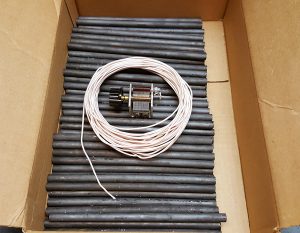 An ample quantity of 200mm ferrite rods are needed, plus a air variable capacitor (preferably with a 8:1 reduction drive shaft), and Litz wire. 1162 strands/46 ga. Litz provides the most sensitivity but the coil will cover a greater width on the rods.
An ample quantity of 200mm ferrite rods are needed, plus a air variable capacitor (preferably with a 8:1 reduction drive shaft), and Litz wire. 1162 strands/46 ga. Litz provides the most sensitivity but the coil will cover a greater width on the rods.
Gary likes to use waterproof medical tape, sticky side out, to hold the 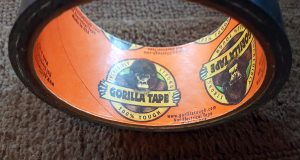 rods in place, but I like to use Gorilla brand tape, as it is extremely sticky and holds the rods better. My choice for the rod-to-coil spacing material is two turns of 1/8″ thick bubble wrap.
rods in place, but I like to use Gorilla brand tape, as it is extremely sticky and holds the rods better. My choice for the rod-to-coil spacing material is two turns of 1/8″ thick bubble wrap.
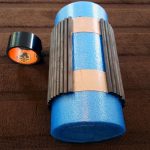 This is the foam core, ferrite rods, bubble spacer, and coil assembly
This is the foam core, ferrite rods, bubble spacer, and coil assembly  prior to fitting in the Sterilite tote container. Before assembly to this point you’ll need to cut the foam roller to length using a serrated knife or electric carving knife. Two sturdy cable ties help hold all of the rods in place. A better alternative might be strips of 1/2″ wide Velcro straps purchased from a fabric shop or home improvement store.
prior to fitting in the Sterilite tote container. Before assembly to this point you’ll need to cut the foam roller to length using a serrated knife or electric carving knife. Two sturdy cable ties help hold all of the rods in place. A better alternative might be strips of 1/2″ wide Velcro straps purchased from a fabric shop or home improvement store.
Another key item to this construction method is the use of plastic drywall anchor screws. These are meant to be 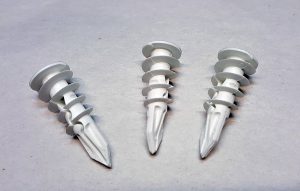 pushed and screwed into gypsum wallboard for sturdy attachment of bolts or picture hangers on walls. When screwed through drilled holes in the side of the Sterilite tote, they secure and suspend the foam roller/ferrite sleeve loop assembly. The density of the foam roller is sufficient to give a good grip to the drywall anchors. Eight to ten anchors per side are enough to hold the assembly in place. See the photo at the beginning of this article for a good view of this mounting method.
pushed and screwed into gypsum wallboard for sturdy attachment of bolts or picture hangers on walls. When screwed through drilled holes in the side of the Sterilite tote, they secure and suspend the foam roller/ferrite sleeve loop assembly. The density of the foam roller is sufficient to give a good grip to the drywall anchors. Eight to ten anchors per side are enough to hold the assembly in place. See the photo at the beginning of this article for a good view of this mounting method.
 Every good FSL antenna design needs an official sounding manufacturer! With tongue firmly in cheek I’ve appropriated the name shown on this self-produced label. Clearly, a Ferrite Sleeve Loop antenna from Naughtabaum Ferrite Specialties Ltd. stands a better chance than most of passing through TSA checkpoints, right?
Every good FSL antenna design needs an official sounding manufacturer! With tongue firmly in cheek I’ve appropriated the name shown on this self-produced label. Clearly, a Ferrite Sleeve Loop antenna from Naughtabaum Ferrite Specialties Ltd. stands a better chance than most of passing through TSA checkpoints, right?
I hope this article has given you some new ideas for FSL antenna designs. There’s certainly room for improvement, including making the antenna’s ferrite rods look less intimidating…less like a bundle of dynamite! Perhaps the entire assembly can be wrapped with something that shields the rods from view, or you could use an opaque tote container rather than a clear model.
 Be on the lookout for useful materials to repurpose. Trips to your local home improvement stores, office supply, and other outlets will give you further ideas on how to design your own Ferrite Sleeve Loop antenna.
Be on the lookout for useful materials to repurpose. Trips to your local home improvement stores, office supply, and other outlets will give you further ideas on how to design your own Ferrite Sleeve Loop antenna.
Guy Atkins is a Sr. Graphic Designer for T-Mobile and lives near Seattle, Washington. He’s a regular contributor to the SWLing Post.

